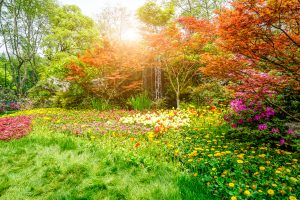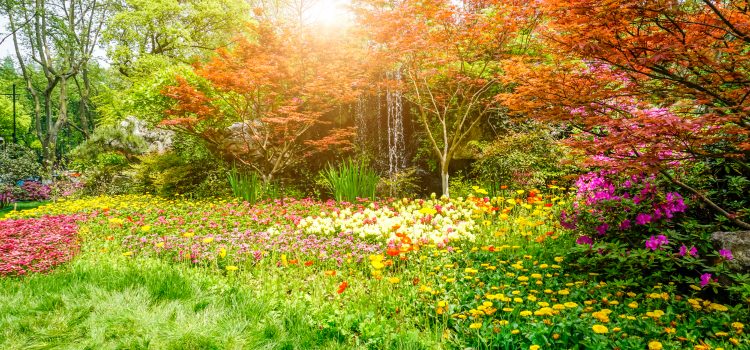
Introduction: The Magic of Natural Light in Flower Photography
Natural light has a magical quality that can transform flower photography into captivating and stunning imagery. Understanding how to utilize natural light effectively can enhance the beauty, colors, and details of flowers, bringing them to life in your photographs. In this guide, we will explore techniques and tips for utilizing natural light to illuminate and enhance your flower photography.
The Power of Sunlight: Embracing Direct Light for Dynamic Shots: Flower Photography
Direct sunlight can create dramatic effects in flower photography. Experiment with sunlight to capture vibrant colors, play with shadows, and emphasize textures. Position yourself and the flower in a way that allows the sunlight to enhance the subject, creating dynamic shots. However, be mindful of harsh shadows and overexposure, and consider using diffusers or reflectors to control the light.
Soft and Diffused Light: Enhancing Details and Colors: Flower Photography
Soft, diffused light is ideal for capturing intricate details and showcasing the true colors of flowers. Overcast days, the light filtered through thin clouds, or shooting in the shade can provide soft and even lighting. This type of light minimizes harsh shadows and allows the delicate details of petals, stamens, and textures to shine.
The Golden Hour: Capturing the Enchanting Glow of Flower Photography
The golden hour, which occurs during the first and last hour of sunlight in a day, provides a warm and enchanting glow that adds magic to flower photography. During this time, the light is softer, diffused, and has a warm color temperature. Take advantage of the golden hour to capture the ethereal beauty of flowers, and experiment with different angles and compositions to make the most of this magical light.

Managing Harsh Light: Overcoming Challenges and Finding Shade
Harsh sunlight can create challenges in flower photography, causing overexposed highlights and deep shadows. When faced with harsh light, find shaded areas or create your own shade using diffusers, reflectors, or even your hand. This allows for more even lighting and better control over the exposure. Alternatively, wait for clouds to pass or shoot during the golden hour for softer and more flattering light.
Experimenting with Backlighting: Creating Drama and Silhouettes
Backlighting is a technique that involves positioning the light source behind the flower, resulting in a glowing effect. This creates a sense of depth, highlights the translucent qualities of petals, and can produce stunning silhouettes. Experiment with different angles and compositions to achieve a desired effect, and use exposure compensation to balance the exposure and retain details.
Reflectors and Diffusers: Controlling and Modifying Light
Reflectors and diffusers are valuable tools in flower photography to control and modify natural light. Reflectors bounce light onto the subject, filling in shadows and adding highlights. They can be made of white, silver, or gold material, each providing a different quality of light. Diffusers, on the other hand, soften and scatter light, reducing harsh shadows and creating a more even illumination. Use reflectors and diffusers to enhance the lighting in your flower photographs.
Composition and Light: Utilizing Shadows and Highlights
Consider the interplay of light and shadows in your compositions. Utilize the contrast between light and shadow to create depth, add texture, and emphasize shapes and lines in the flower. Position yourself and the flower to make the most of the available light, ensuring that the shadows enhance the overall composition. Pay attention to the highlights as well, ensuring they are not overexposed, but still retain details and add interest.
Conclusion: Illuminating Flower Photography with Natural Light
Natural light is a powerful tool for illuminating and enhancing flower photography. Whether it’s direct sunlight for dynamic shots, soft and diffused light for capturing details and colors, the magical glow of the golden hour, or creative use of backlighting, understanding how to work with natural light will elevate your flower photography. Experiment with different lighting conditions, use reflectors and diffusers to control and modify light, and consider the interplay of light and shadows in your compositions. Embrace the magic of natural light and let it illuminate and enhance the beauty of flowers in your photographs.










